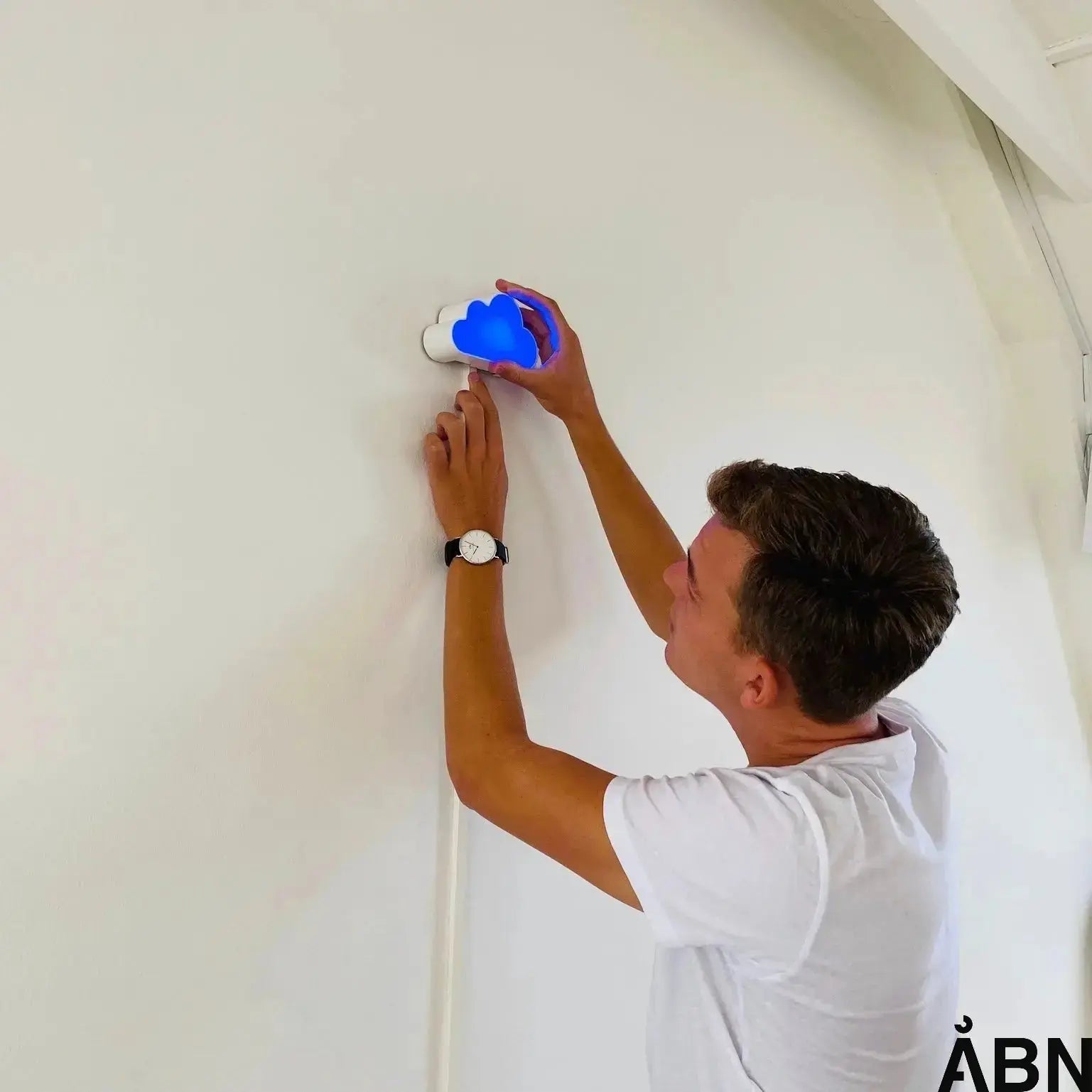New report, important debate – but an important piece is missing
The Well-Being Commission's long-awaited report focuses on why more children and young people today are not thriving – and what we as a society can do to strengthen their well-being. But in our eyes, there is a huge gap in the analysis: the indoor climate is largely ignored.
When we talk about children's well-being, it's not just about social media, parenting or grade pressure. The physical environment where children spend the majority of their day plays a crucial role in their well-being, learning and health.
If we ignore air quality, CO₂ levels and temperature in schools, we are overlooking one of the most well-documented factors behind children's concentration, energy levels and overall well-being.
👉 Learn more about how a good indoor climate affects learning and health , and why it should be a priority in schools and daycare centers.
Indoor climate: An overlooked factor in the well-being debate
The Well-being Commission points to societal trends such as digitalization, individualization and increased performance pressure – but the physical environment, especially air quality, is largely not mentioned . And it is one of the most well-documented factors for well-being and learning:
- Poor indoor air quality leads to headaches, fatigue and reduced concentration.
- 78% of classrooms without mechanical ventilation have CO₂ levels above recommended limits, which impairs learning and well-being.
- Children who live in healthy environments learn better and have lower absenteeism.
🏫 DTU's research shows that CO₂ concentrations above 1000 ppm significantly affect students' cognitive abilities . When CO₂ levels exceed 2000 ppm – which happens in many classrooms – the effect is equivalent to having a few glasses of wine during the school day!
💡 The problem? Many Danish schools are not built with sufficient ventilation , which means that students and teachers spend large parts of the day in rooms with oxygen-poor air.
It is time that we look at the basic physical conditions in learning environments – because how can we expect children to develop resilience when they sit daily in rooms with poor air quality, high CO₂ levels and inadequate lighting?
From talk to action – We have the solutions
When the indoor climate fails, unhappiness becomes a consequence. Fortunately, we can measure and act on the problem – and that is exactly what we do at ÅBN.
Our technology makes it possible to monitor CO₂ levels, temperature and air quality in real time – so you can take action before discomfort has consequences.
Our SKYEN+ solution gives both teachers and students insight into the daily indoor climate and supports concrete initiatives to create a healthier atmosphere.
✅ Sensors document problems and show the need for ventilation.
✅ Indoor climate data can be integrated into schools' well-being strategies, so that we not only focus on social or digital factors, but also on the physical environment.
✅ Transparent solutions make it easy for schools and municipalities to take responsibility for the indoor climate.
📊 Case: In municipalities that have implemented SKYEN+, schools have experienced a reduction in CO₂ levels and noticeable improvements in students' concentration and well-being. Read the full report here
🔎 Are you curious about how your school or municipality can improve the indoor climate? Contact us for a free assessment.
Let's change the debate
It's time we stop making children sick and instead focus on the very basic factors that affect their everyday lives – air, light and sound.
📢 The Well-being Commission talks about strengthening resilience and empowerment – but resilience starts with giving children a healthy learning environment.
🏫 We encourage decision-makers, school leaders and municipalities to include the indoor climate as a central part of well-being work.
👉 Want to know more about how we can create healthier learning environments? Visit our page on indoor climate optimization or contact us - we are ready to start the dialogue about how we can make a difference together.
📢 Let's change the debate: Well-being starts with the physical environment - not just with digital screens and performance pressure.









